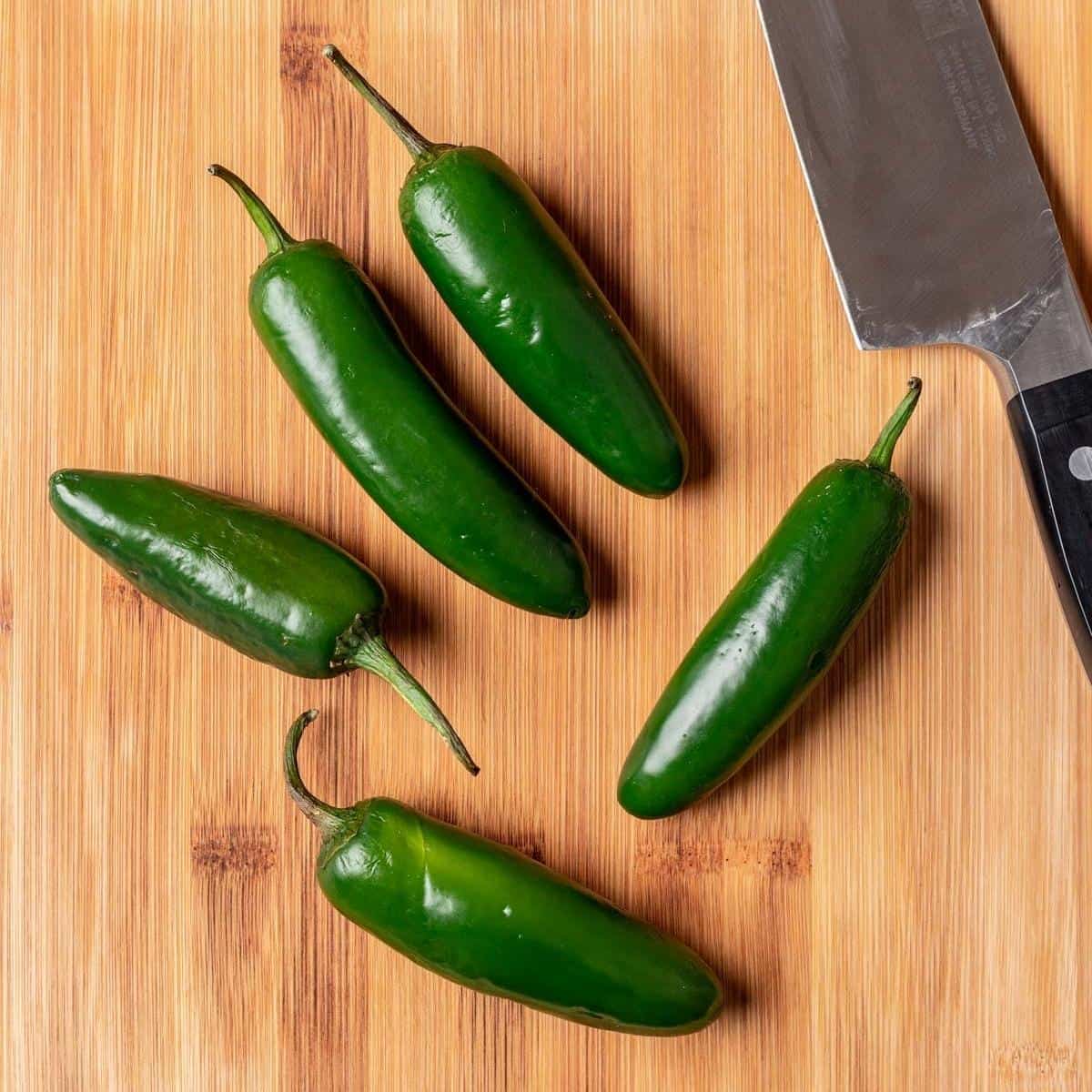Tyler Seeds
Jalapeño
Jalapeño
Regular price
$2.95 USD
Regular price
Sale price
$2.95 USD
Quantity
Couldn't load pickup availability
The jalapeño is the most popular chile pepper in North America! This medium-size pepper produces deep-green 3-inch fruit that matures to a bright red. Jalapeño is a medium-sized chili pepper native to Mexico. The jalapeño pepper is named for the town of Jalapa in Mexico.
Jalapeño's are great for Mexican dishes. Use in salsa and guacamole or favorite dishes for a touch of spice. Jalapeños seeds are called “picante” and are used as a spice.
Jalapeño's are great for Mexican dishes. Use in salsa and guacamole or favorite dishes for a touch of spice. Jalapeños seeds are called “picante” and are used as a spice.
Growing Jalapeños
- Don’t overwater. Chile peppers HATE sitting in the wet. We can’t emphasize that enough. Too much water can disrupt the flow of nutrients around the plant, causing growth problems and weakening plants so they’re vulnerable to attack from pests and diseases. But worst of all, too much water literally waters down the capsaicin in the developing fruits, quashing all those dreams of super-spicy chiles.
- Let the top inch or two of soil dry out before watering again. We water just enough to keep plants from tipping over; these are plants that thrive in hot, dry conditions, after all. You can even let plants wilt a little, especially later in the growth cycle when the fruits are maturing—and don’t water in the hours leading up to harvest if you want spicier fruits.
- When the first flowers appear, give your pepper plants a tomato feed or a feed that’s high in potassium. (There are also feeds made specifically for pepper plants.) Or, you could also spread fish fertilizer around the base of the plant.
- Tall varieties—and those that bear a lot of peppers—will need some support. Bamboo sticks or small tomato cages work well.
- Weed carefully around young plants to avoid disturbing roots.
- In warmer regions, use shredded leaves, straw, or grass clippings to keep the soil moist and cool during blistering hot weather.
Harvesting
- Your chile peppers are ready once they have taken on their final color and full size.
- They’ll be at their spiciest once they’re mature, so resist the urge to pick them before they are ripe. However, the skin of the pepper may grow leathery over time, so harvest when peppers are green if you prefer that classic jalapeño snap.
- Never tug chile peppers off the plant. Use a sharp knife or pruning shares to cut peppers, leaving a short stem attached to the pepper.
- Wear gloves! And do not rub your eyes afterward!



